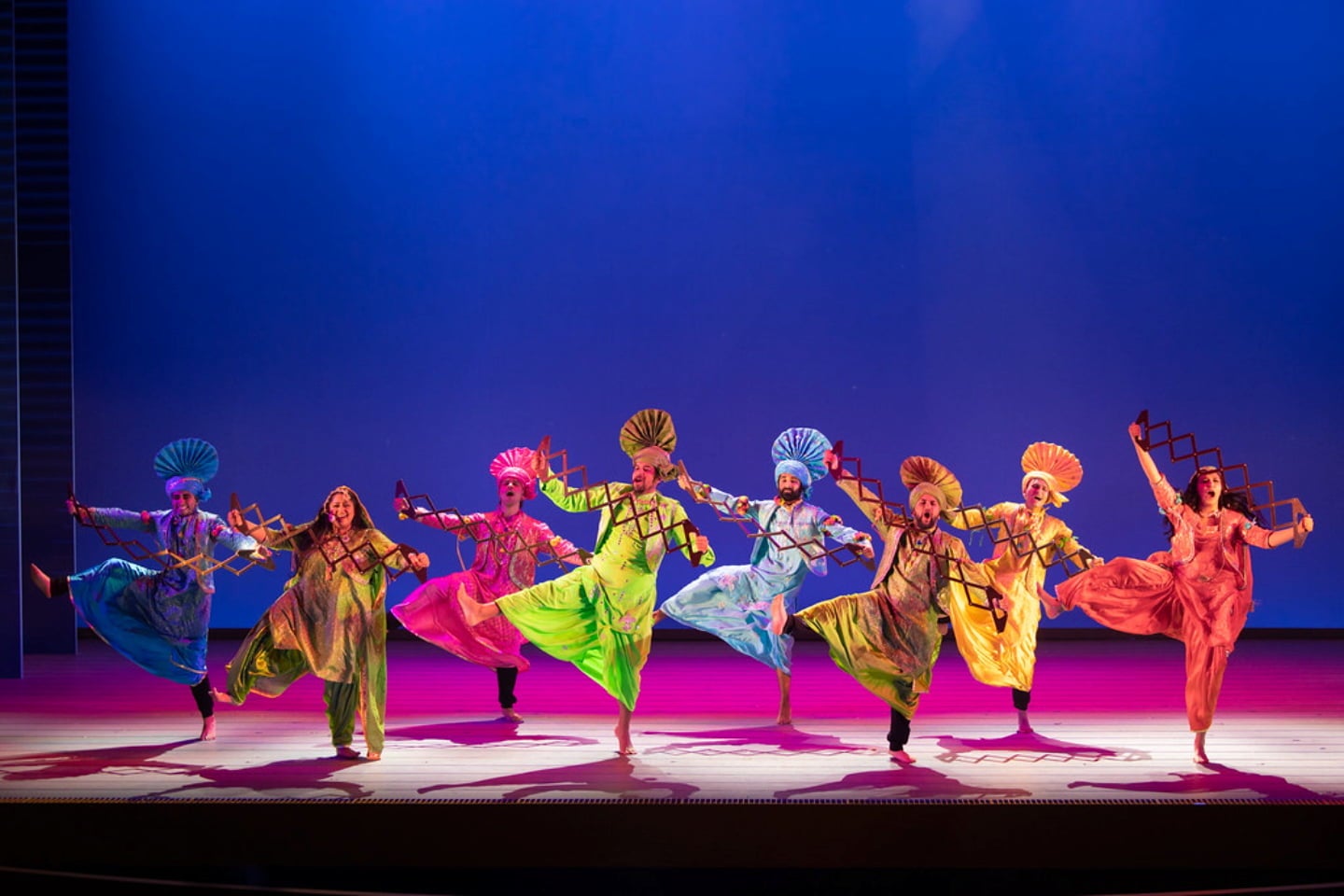ASIAN AMERICAN COMMUNITIES
Indian Americans

00:00

Have Indian Americans found belonging in the United States?
Chapter objectives
- Learn about the history of Indian Americans from the late nineteenth century to the present.
- Understand how racial identity and religion have come to shape Indian American communities.
- Explore how, in the face of cultural prejudice and other forms of adversity, an immigrant community puts down roots in the US.
Indian Americans are among the fastest growing ethnic community in the US. In 1890, they first came as farmers, students, lumbermen, and political dissenters, facing acute cultural prejudice and racism. Their numbers remained very small until the 1965 Immigration and Nationality Act initiated a significant wave of new immigrants that drastically shifted the community’s demographics. Today, Indian Americans have distinguished themselves in various professions, especially medicine, higher education, engineering, and computer sciences, and the tech industry, where they are disproportionately represented. Recently, they have also gained prominent visibility in political and public life. A majority of Indian Americans identify as Hindus, but Indian American diversity is expressed through a variety of festivals, places of worship, dance, art, and literature. This chapter explores the experiences and conditions that shape the religious and cultural lives of Indian Americans.
Modules in this chapter
History
Demographic Profile and Economic Life
Religious Life
Indian Culture
Politics, Public Life, and the Motherland
History
Demographic Profile and Economic Life
Religious Life
Indian Culture
Politics, Public Life, and the Motherland
Chapter Sources
“Hindus Too Brunette to Vote Here.” The Literary Digest, March 10, 1993.
“Here’s Letter to the World from Suicide.” San Francisco Examiner, March 17, 1928.
“An Indian Merchant’s Suicide in U.S.; Patriotic Protest Against Racial
Discrimination; US Citizenship Refused after Naturalisation; Suicide—A ‘moral gesture’ says dying Hindu.” The Hindustan Times, May 22, 1928.
“9 Outstanding South Asian Students Win Paul and Daisy Soros Fellowship.” India West Journal, April 26, 2023. https://indiawest.com/9-outstanding-south-asian-students-win-paul-daisy-soros-fellowship/.
“Jain Immigration.” Harvard Pluralism Project.
https://pluralism.org/jain-immigration.
Astor, Maggie and Jill Cowan. “Indian Americans Rapidly Climbing Political Ranks.” The New York Times, February 27, 2023. https://www.nytimes.com/2023/02/27/us/politics/indian-american-politicians.html.
Bagai, Rani. “Bridges Burnt Behind: The Story of Vaishno Das Bagai and Kala Bagai.”
Immigrant Voices:Angel Island Immigration Station Foundation. https://www.immigrant-voices.aiisf.org/stories-by-author/876-bridges-burnt-behind-the-story-of-vaishno-das-bagai/.
Bald, Vivek. Bengali Harlem and the Lost Histories of South Asian America. Harvard University Press, 2013.
Bryant, Edwin and Maria Ekstrand. The Hare Krishna Movement: The Postcharismatic Fate of a Religious Transplant. Columbia University Press, 2004.
California Legislative Assembly. State Bill 403. (2023). Online:
https://legiscan.com/CA/text/SB403/2023#:~:text=This%20bill%20would%20revi
se%20these,for%20purposes%20of%20the%20FEHA.







